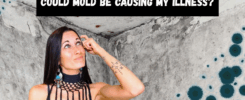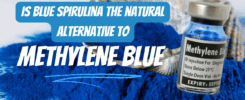Contributing factors
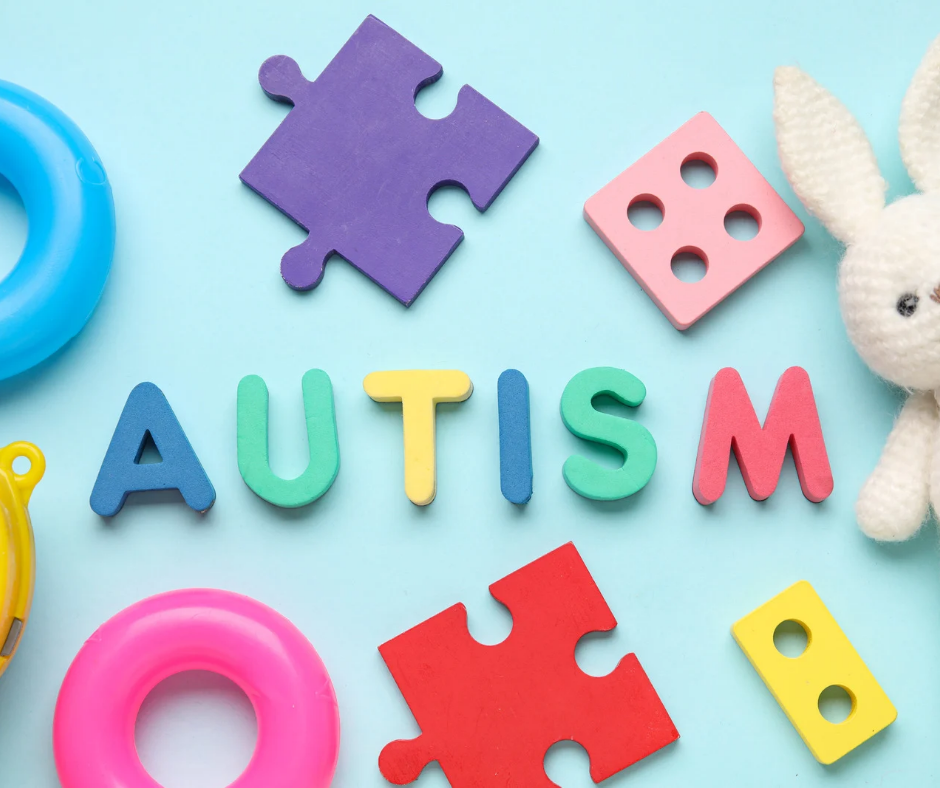
Autism spectrum disorders (ASD) are a group of developmental disorders that affect communication, behavior, and social interaction. ASD is a spectrum disorder, meaning that it affects individuals differently and to varying degrees.
While some people with ASD may have mild symptoms and be able to function independently, others may require significant support and assistance throughout their lives.
Symptoms of Autism can include difficulty with social interaction and communication, repetitive behaviors or routines, and limited interests or activities. These symptoms typically appear in early childhood and can persist throughout life.
Diagnosing ASD can be challenging, as there is no one specific test that can definitively identify the disorder. Instead, doctors rely on a combination of behavioral observations and diagnostic criteria to make a diagnosis.
Autism is more common than most people realize. According to the Centers for Disease Control and Prevention (CDC), about 1 in 36 children in the United States has been diagnosed with an ASD. This number is potentially higher with many who go misdiagnosed, or don’t reach out for treatment at all.
The prevalence of Autism has been increasing over time, although it’s debatable whether this is due to increased awareness and better diagnostic tools or whether there has been a true increase in the number of cases.
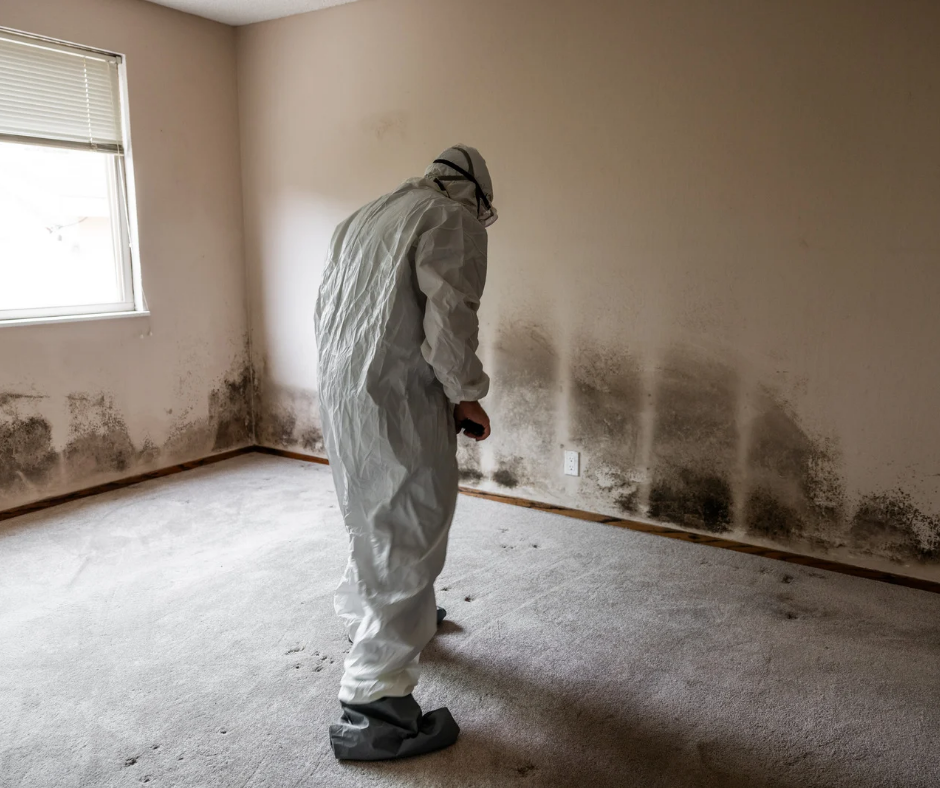
The link between Autsium and Mold
Recent studies have suggested that there is most likely a link between mold exposure and autism spectrum disorders (ASD).
A study published in the journal Environmental Health Perspectives, found that children who were exposed to higher levels of mold in their homes were more likely to develop ASD than those who were not exposed. The study authors noted that this association remained even after controlling for other factors that might contribute to ASD risk, such as socioeconomic status and family history.
Another study, published in the journal Nature Communications, found that certain types of fungi commonly found in water-damaged buildings were associated with an increased risk of ASD. The study suggested that these individuals were exposed to “mycotoxins”, toxic compounds that can affect brain development.
Mold vs Mycotoxins
There is a misconception surrounding mold and mold toxicity. Mold is a natural part of the environment and a substance humans have been living side by side with for hundreds of thousands of years. It is alive and travels by spreading at spores.
Most mold is harmless, but in some cases, can colonize the body, causing allergy type symptoms such as coughing, sneezing, headache, sinus and congestion, etc. In these situations we recommend a powerful antifungal such as our Usnea Elixir as well as a good nutrient dense binder such as our Fulvic + Humic Acid. In conjunction with a healthy diet and removing the source of mold, this usually takes care of the problem.
Mycotoxins on the other hand are an entirely different ball game. Mycotoxins are actual toxins and are a by product of certain “toxgenic” mold species. Unlike mold or even bacteria that cause isolated infections, mycotoxins work systemically, taking toxins to every organ and system of the body, including the brain. And because they are not alive, we can’t just simply kill them. Mycotoxins must be removed or eliminated from the body, not destroyed.

Below is a list of the negative impacts mycotoxins can have on human health.
• Immuno suppressive – Inhibits the immune system from doing its job properly.
• Dermatoxic – Toxic to the skin and creates damage to skin cells like rashes, dryness, etc.
• Neurotoxic – Toxic to your neurological system – Tingling, vibrating, numbness, twitches, headaches, dizziness, vision issues, etc.
• Infertility – Can affect sex hormones embryo quality and sperm quality.
• Teratogenic – Toxic to baby in utero.
• Nephrotoxic – Toxic to the kidneys
• Hepatotoxic – Toxic to the liver.
• Genotoxic – Toxic to your genes which can create mutations, which can lead to cancer.
• Carcinogenic – Cancer causing.
It’s easy to see that exposure to microtoxins could become a serious problem, especially for children who have less developed immune systems.
Pathways
It is believed that there are several different ways mycotoxins can contribute to Autism.
One possible pathway is through the immune system. Exposure to certain types of mold can trigger an immune response, leading to inflammation and oxidative stress. These inflammatory processes can affect brain development and function and may increase the risk of ASD.
Another potential pathway is through the gut-brain axis. Mold exposure can disrupt the gut microbiome, leading to imbalances in the types of bacteria present in the gut. These imbalances can then affect brain function and contribute to ASD risk.
Evidence also suggest that mycotoxins can affect neurotransmitter systems in the brain, particularly those involved in regulating mood and behavior. This exposure has been linked to changes in dopamine and serotonin levels, which are known to play a role in Autism.
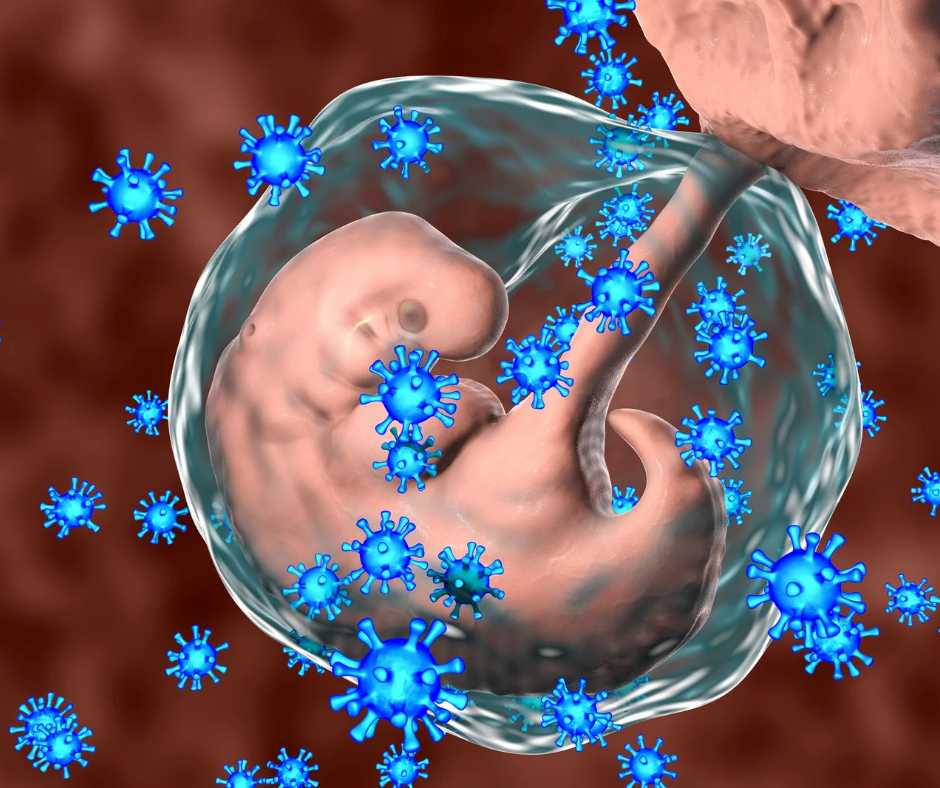
The last potential pathway is in utero. Mycotoxins are Teratogenic – meaning toxic to baby in utero. If mom’s body contains mycotoxins, then sadly, these are being pass to the baby which can affect development of numerous systems of the body, including the brain. Even her breast milk would be contaminated as the body would use this as an avenue to detoxify, no different than urine or feces. Many believe this is a strong contributing factor in the link between mold and autism.
While many of these hypotheses are still being investigated, there is growing evidence to support the idea that mold exposure could be a contributing factor in ASD risk.
Solutions
We cannot definitively say that there is a cure for autism, but by taking appropriate steps, you can lessen the symptoms, especially if mycotoxins is at the root cause.
Everything begins with a mycotoxin panel test to first make sure that mycotoxins are indeed the culprit. The second step is to test your home for dangerous mycotoxins. This will tell you whether you are being continuously exposed through your environment.
Afterwards you begin healing the body and the home. If you want to learn more about how to properly remove mold and mycotoxins from the body, click here to view our Mold Detox Protocol.

Final Thought
By continuing to explore the connection between mycotoxins and Autism, we can open new pathways for prevention, early intervention, and personalized treatment strategies. Raising awareness about mold exposure and promoting healthier living environments may be a vital step in reducing risk factors associated with autism.
Together, through further research and community effort, we can strive for a future where understanding and mitigating the effects of mycotoxins leads to better outcomes for affected individuals and their families.
Stay Wild

Kayce Heister
Kayce is an Author, Clinical Herbalist, Naturopathic Practitioner (HHP), Active Forager, Wild Food Chef and Mother of three. She has spent the last 20 years practicing herbalism and natural health, and spends most of her time educating others on the amazing potential the natural world can offer.
SOURCES BELOW
https://pubmed.ncbi.nlm.nih.gov/32819265/
https://www.sciencedirect.com/science/article/abs/pii/S0149291818302297
Mold and Mycotoxins
https://www.tandfonline.com/doi/full/10.1080/1028415X.2017.1357793
https://pmc.ncbi.nlm.nih.gov/articles/PMC5535150/
Mycotoxins and Mold: Could this be A Missing Puzzle Piece in Understanding Autism?
